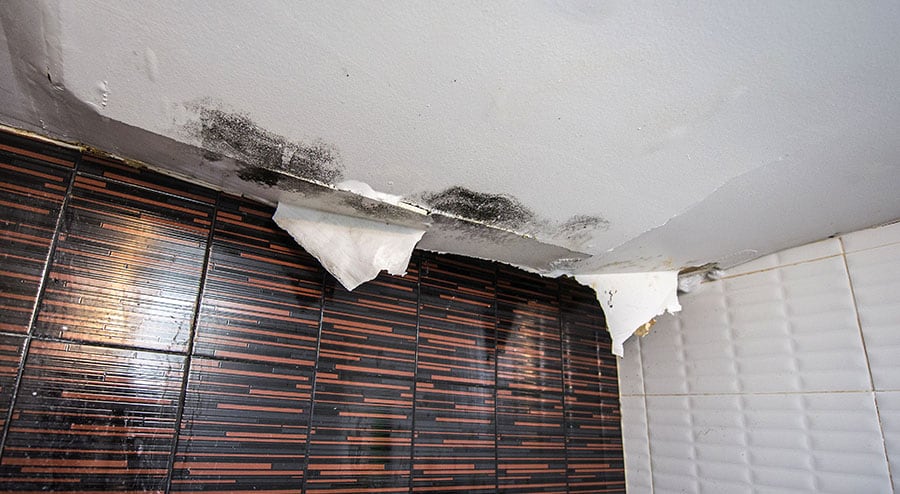Do's & Don'ts of Water Damage.
Do's & Don'ts of Water Damage.
Blog Article
Each person has got their own unique piece of advice involving Ways to Reduce The Risk Of Fire And Water Damage.

Water offers life, water invasion on parts where it's not expected to be can result in damage. Residences with water damages odor old and mildewy.
Water can come from numerous sources such as typhoons, floods, ruptured pipes, leakages, and sewer concerns. In case you experience water damages, it would certainly be excellent to understand some security precautions. Below are a couple of guidelines on just how to take care of water damage.
Do Prioritize Residence Insurance Coverage
Water damages from flood as a result of heavy winds is seasonal. You can likewise experience an abrupt flooding when a faulty pipe unexpectedly breaks into your house. It would certainly be best to have residence insurance that covers both acts of God such as natural disasters, as well as emergencies like damaged plumbing.
Don't Fail To Remember to Switch Off Energies
In case of a calamity, specifically if you stay in a flood-prone location, it would be recommended to turn off the main electric circuit. This removes power to your entire home, avoiding electrical shocks when water comes in as it is a conductor. Moreover, do not fail to remember to shut off the main water line shutoff. Furnishings will move about and create damage when floodwaters are high. Having the major valve shut down prevents additional damage.
Do Stay Proactive as well as Heed Climate Alerts
Storm floodings can be really unpredictable. Stay positive and ready if there is a history of flooding in your neighborhood. If you live near a lake, river, or creek , pay attention to discharge cautions. Get prized possessions from the first stage as well as basement, after that put them on the highest feasible degree. Doing so decreases potential residential or commercial property damages.
Do Not Ignore the Roof
You can stay clear of rainfall damage if there are no holes and also leaks in your roofing system. This will certainly stop water from streaming down your walls and also soaking your ceiling.
Do Pay Attention to Tiny Leaks
A ruptured pipe does not occur overnight. Normally, there are red flags that show you have damaged pipes in your house. You may see bubbling paint, peeling wallpaper, water touches, water stains, or leaking noises behind the wall surfaces. Eventually, this pipe will certainly burst. Ideally, you must not await points to escalate. Have your plumbing repaired before it leads to large damages.
Do Not Panic in Case of a Burst Pipe
Maintaining your clearheadedness is important in a time of crisis. Because it will certainly stifle you from acting quick, panicking will just compound the issue. Timing is crucial when it comes to water damages. The longer you wait, the more damages you can anticipate. Thus, if a pipe bursts in your house, quickly shut off your primary water shutoff to remove the source. Then disconnect all electric outlets in the area or turn off the breaker for that part of the house. Call a trusted water damages reconstruction specialist for support.
Water offers life, water invasion on components where it's not expected to be can result in damage. Homes with water damages scent mildewy as well as old.
Water damage from flood charges to heavy winds is seasonal. You may notice gurgling paint, peeling wallpaper, water streaks, water discolorations, or leaking sounds behind the wall surfaces. When it comes to water damage, timing is key.
Some Do's & Don't When Dealing with a Water Damage
DO:
Make sure the water source has been eliminated. Contact a plumber if needed. Turn off circuit breakers supplying electricity to wet areas and unplug any electronics that are on wet carpet or surfaces Remove small furniture items Remove as much excess water as possible by mopping or blotting; Use WHITE towels to blot wet carpeting Wipe water from wooden furniture after removing anything on it Remove and prop up wet upholstery cushions for even drying (check for any bleeding) Pin up curtains or furniture skirts if needed Place aluminum foil, saucers or wood blocks between furniture legs and wet carpet Turn on air conditioning for maximum drying in winter and open windows in the summer Open any drawers and cabinets affected for complete drying but do not force them open Remove any valuable art objects or paintings to a safe, dry place Open any suitcases or luggage that may have been affected to dry, preferably in sunlight Hang any fur or leather goods to dry at room temperature Punch small holes in sagging ceilings to relieve trapped water (don't forget to place pans beneath!); however, if the ceiling is sagging extremely low, stay out of the room and we'll take care of it DO NOT:
Leave wet fabrics in place; dry them as soon as possible Leave books, magazines or any other colored items on wet carpets or floor Use your household vacuum to remove water Use TV's or other electronics/appliances while standing on wet carpets or floors; especially not on wet concrete floors Turn on ceiling fixtures if the ceiling is wet Turn your heat up, unless instructed otherwise

Do you really like reading about Ways to Reduce The Risk Of Fire And Water Damage? Write a short review down the page. We will be glad to listen to your thoughts about this posting. We hope to see you back again in the near future. Sharing is good. You won't know, you may be doing someone a favor. Thank you for taking the time to read it.
Report this page